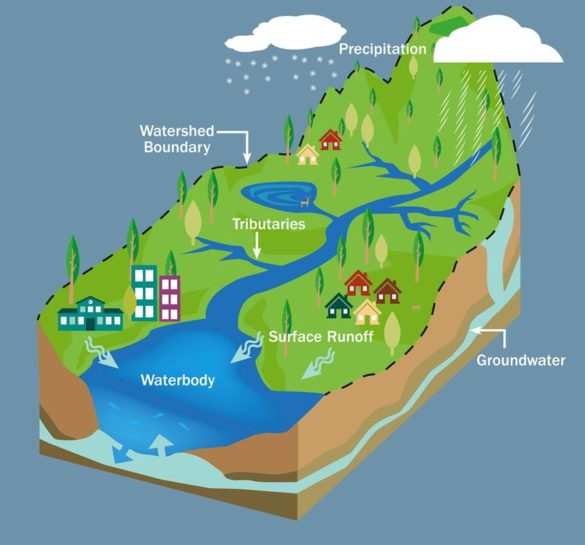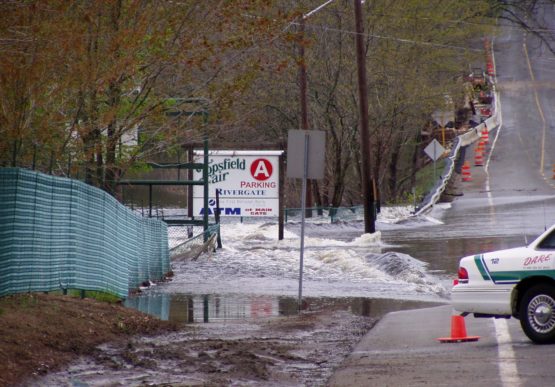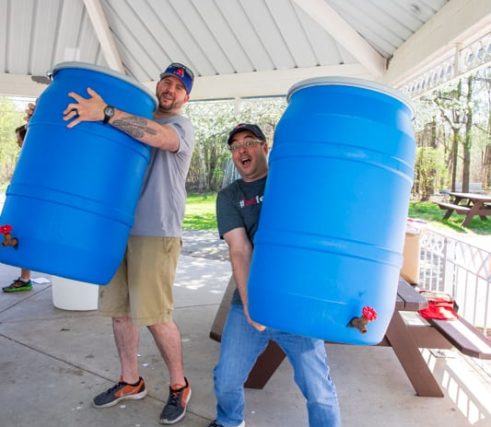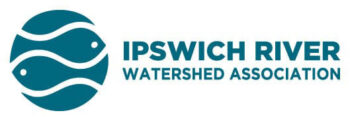ENOUGH WATER
Making sure there is enough clean, plentiful water to support wildlife, communities and business is one of the main challenges we face as the Voice of the River. The Ipswich River provides drinking water for 14 communities, that’s more than 350,000 people who rely on a healthy Ipswich River to go about their daily lives. And the river is so much more than a water source.

DID YOU KNOW?
If you live in the Ipswich River watershed and have a private well, your water is groundwater. Groundwater is water flowing through the ground, which feeds into ponds, rivers and other water-bodies and connects all water within a watershed. The river needs groundwater to maintain flow and dropping groundwater levels means bad news for private wells. No water, dry wells.
Ipswich river clams are world famous and a billion dollar industry. Low water levels concentrate stormwater pollution, which can lead to clam flat closures. No water, no clams.
Our river is one of the premier paddling destinations on the North Shore, and many youth groups look forward to a river outing each year. No water, no paddling.
What Causes Water Quantity Problems?
The Ipswich River depends on ground water and rain. As any of the 5th grade students who have learned about the water cycle through our Greenscapes Education program can tell you, people have no control over precipitation. How often and where rain or snow fall is out of our hands, but groundwater is a different story.
Groundwater is water which permeates the ground. It flows into water bodies, is drawn on by wells and is arguably the most important part of the water cycle. Once water falls to the ground we can manipulate where it is directed to, what it comes into contact with, how quickly it is absorbed into the earth and how long it remains in our watershed.
In a natural water cycle precipitation falls and is then absorbed into areas like meadows, woods and marshes. Rain and snow cannot enter the ground through impervious surfaces like asphalt, cement and other nonporous surfaces. Instead, water must move across these surfaces until it finds areas where it can either be absorbed or flow directly into waterways. All that displaced water increases the risk of flooding and of pollution entering waterways.


Floods and droughts can exist side by side if water is unable to enter the ground to recharge groundwater.
Creating more vegetated areas helps to recharge groundwater, reduce flooding, and keep water cleaner. Not all vegetated areas are equal! Areas with deep-rooted plants, like shrubs and trees, are more efficient at directing water into the ground than shallow-rooted plants like bluegrass.
Recharging groundwater is so important because, aside from water locked in icebergs and glaciers, all surface water comes from groundwater. This includes the water that we all drink, recreate in, use in agriculture and for safety.
In the Ipswich River watershed, groundwater is used so much that the river is stressed.
In Massachusetts, the most of rainfall in a year falls from November through May. However, this is when water use is at its lowest. The highest rates of water use in our watershed are during May through September. This is also the period with the lowest amount of rainfall. This imbalance between water recharge and water use places stress on river ecology.
HOW CAN I HELP?
Use less water indoors
- Fixing leaky pipes and dripping faucets
- Turn of the tap when brushing teeth or scrubbing dishes
- Run your clothes washer only when full.
- Don’t use running water to thaw food.
- Take shorter showers: We recommend finding a song you love that is no longer than five minutes long. Before turning on your shower, press play and see if you can finish your shower before the song ends! Let us know your shower song on twitter or instagram by tagging us @ipswich_river
Use less water outdoors
- Turn off your sprinklers. Grass only needs about 1” of water per week, which it will usually get from rainfall even during drier months. You can also switch to fescue grass, a native drought-tolerant variety that not only doesn’t need watering, but comes in varieties that rarely ever need mowing!
- Install a rain barrel to collect run-off from your roof to be used in outdoor watering during dry conditions.
Recharge groundwater by
- Replace lawn with shrubs, trees and native perennials. They create shade, habitat for wildlife and a low maintenance!
- Use permeable pavers/pavement for walkways, driveways and parking areas. Leaving even a half inch between paving stones creates space for water to be absorbed into the ground.
- Got an area on your property that tends to flood? Install a dry well, dry stream or rain garden to let that water more quickly enter the ground.


